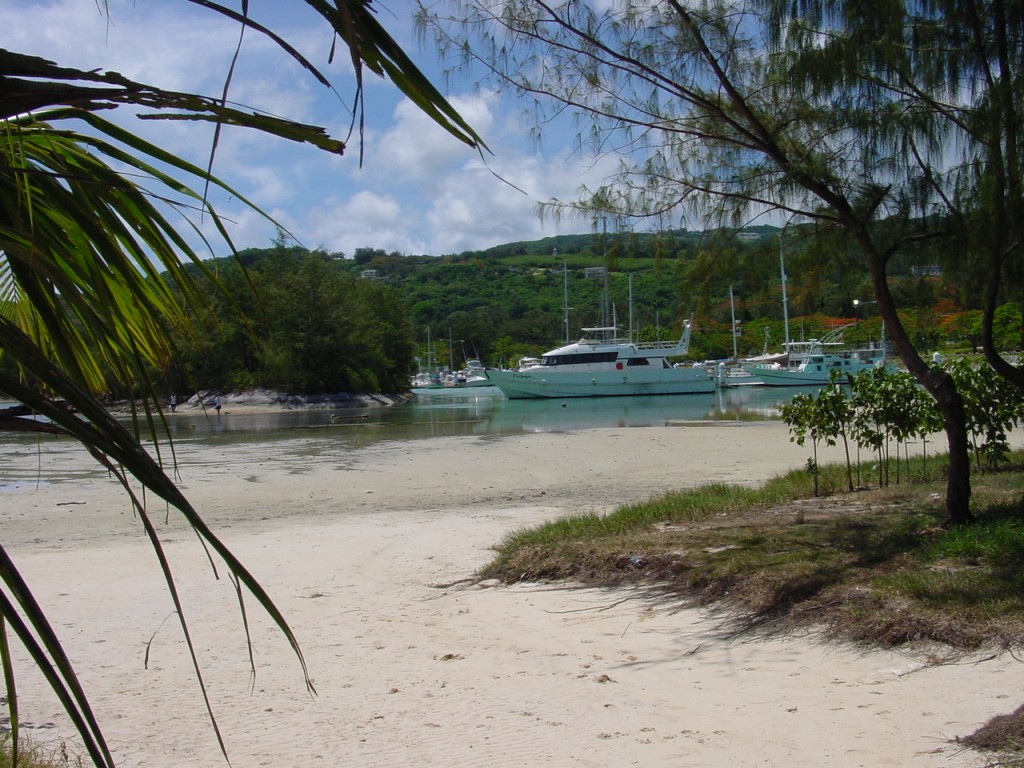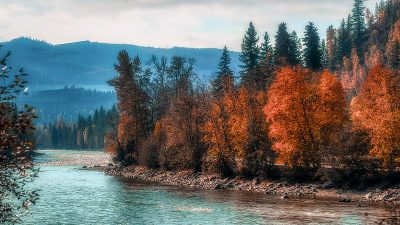Grant of US$1.3million to help Northern Marianas to develop geothermal
A radio interview with Dr. Colin Harvey of the International Geothermal Association looks at the geothermal potential in the Pacific and a recent grant provided by the U.S. to Northern Marianas, a Pacific island group in the Pacific ocean.
The Northern Marianas – a small island group in political union with the United States, and located in the Philippine sea between the Philippines and Japan – have been given a $1.26 million grant by the United States to develop geothermal energy.
“The grant will fund an assessment of the resources available on the islands and will fund some initial exploration. Once they’ve calculated what resources are available, the islands want to invite private companies to come in and produce the energy.”
In a radio interview with Radio Australia, Dr. Colin Harvey, Vice President of the International Geothermal Association, is describing the geothermal potential in the Pacific and the potential role of development banks.
A worthwhile interview to read. See link below.
Four sites on Saipan have the potential for geothermal resources.
“We’ve got some areas that have been identified up in Gualo Rai. they are trying to follow the fault that comes from the Northern Islands and go all the way down to Saipan.
Those findings were backed several years ago when CUC [Commonwealth Utilities Corp.] was doing some test drills and they encountered an elevated water temperature in those areas so that suggests there might be some geothermal activity up there,” the acting governor said.
A summary of the NREL report on the CNMI termed as “high” the possibility that a geothermal resource can be found on the islands. it specifically mentioned two water wells drilled in Garapan that Inos alluded to earlier.“two water wells drilled in the Gualo Rai area of western Saipan encountered elevated temperatures above what would be expected in the groundwater aquifer. The hotter of the two wells was anecdotally reported to have temperatures ‘too hot to touch.’.Anomalous temperatures were also encountered in a nearby well.
Elevated temperatures in these two wells.provide potential evidence that hydrothermal systems may be present in the volcanic basement rock underlying the carbonate aquifer blanketing Saipan,” the report states.Inos said that part of the $1.26 million OIA gave the CNMI will be used to drill potential geothermal sites there.
“This money will be available and we’re going to bring in drillers and explorers with the proper equipment and start drilling and see what’s down there and confirm the availability of geothermal resources,” he said.Babauta, for his part, said he is happy that OIA was able to follow through with its promise to help the CNMI explore renewable energy sources.
He, however, said that tapping into renewable energysources should not be an end-all in the country’s quest to become greener and more energy efficient.“there nothing surprising that there is verifiable date on the geothermal front. Wind is a possibility, solar is a possibility. The earliest wins when you try and implement a renewable energy plan are really going to be educating the community-getting some successes in energy efficiencies.
Changing lights, getting energy efficient appliances. its little things that government, businesses, and homes can do to reduce the rate of consumption,” he said.when asked if the NREL report prescribed a specific renewable energy source the Commonwealth is best suited for, Babauta said there’s never a “silver bullet” solution.
“It’s always a combination of different technologies that makes sense,” he said.The OIA official added that it’s still up to the CNMI Energy Task Force to make a strategic development plan. “Ideally you would want to have goal. Let’s say for example we want to reduce our energy consumption of fossil fuel by 20 percent by 2025.
Once you have that goal set and that vision. We are committed to working with the local government and the community and all the stakeholders as well as NREL to help along in the process,” he said.
Source: Radio Australia, Saipan Tribune


















